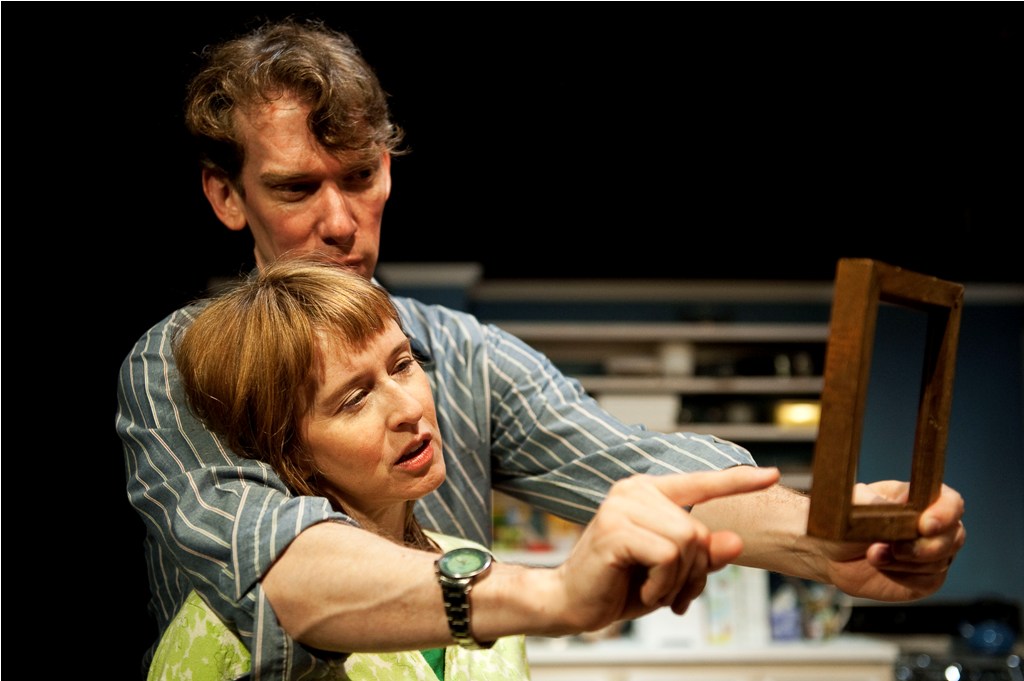
Late: A Cowboy Song
[rating=2]
Piven Theatre Workshop is known for giving us thought provoking stories and their latest production, the Chicago premiere of Sarah Ruhl’s “late: A Cowboy Song” certainly does this. The story is about a young couple, Crick (Lawrence Grimm) and Mary ( Polly Noonana) who have been sweethearts since childhood. They have what appears to be a great relationship with the At the start of the story, she has run into an old friend, a “cowboy” named Red ( the tall and sensual Kelli Simpkins) who is more content with being around horses than people. As the story progresses, Mary finds she is pregnant and so she and Crick get married and he does find a job. Their child has some genetic problems that are fixed at birth, but this has an effect on Mary and her choices.
Crick loses his job and Mary finds herself spending more time with Red. What we see is a transformation of sorts in Mary and her search for true love. Love with Crick has been all that she has known since the age of 8 and now they find themselves drifting apart, partly because of their way of life and partly because of their child. They cannot even agree on what to call her, each using a different name. While we never see the baby, we know that they do, but of greater importance is that as the story unfolds, Crick becomes the weaker of the two, and Mary , the stronger. Part of her new found strength is from the talks and meetings with Red, a loner, who prefers horses over people, except for Mary. As they spend more time together, a bond between them grows stronger and Mary takes on a stronger persona due to Red and her stories and songs.
The story gets a bit confusing in parts as we go through a series of time changes very quickly with one holiday following another until we almost feel that years have gone by, but during this interlude, the characters never change clothes and the props that are utilized, never leave the set. Speaking of props, there are a great number of wonderful props used in this show, but in several scenes between Red and Mary we are asked to see invisible soup bowls and spoons and the baby, which ages during the second act, is never seen. They just hold their arm as if they are holding a baby and on several ocassions, it appeared that they might have dropped a baby if indeed there was one.
Directed by Jessica Thebus on a wonderful set designed by John Dalton, the small stage area of The Piven is used to its best advantage for an audience to peer into these lives. Stephan Mazurek’s projections make the barn scenes quite realistic and Amy Warren’s original music is what one might expect from a cowboy. Tony Koehler’s props are perfect with the exception of those missing items where pantomime is used and I wonder why one who covered all the other bases, didn’t cover these few uneven and awkward spots.
I found the one and a half hour production to be a little long and would have preferred this to be a 90 minute , no intermission story so that we could stay in focus on the characters and what happens to them. This is hard sometimes for a writer to visualize, but often, during intermission, the audience must work harder to recall where the story left off and that can be distracting to the thought process. One of the questions that is touched upon, but left unanswered is that of the baby. The baby was evidently born of both male and female organs and the surgery made the baby a female. Do they tell the child? What happens to the child when they grow up? Ruhl touches on this, but only slightly. Is Mary a Lesbian? At the end of the play, she takes her daughter and heads to Red where they walk off together leaving Crick home watching sad movies. Did they have a gender reversal? Did he take on the woman’s role in their relationship causing her to leave for Red, who was much more the male role player?
While the acting in this production wa solid, I found the story lacking in how they got to the ending they did and I truly felt that there should have been more about what could or could not happen in their child’s life. In the program, we were given an flyer about a special panel discussion on Monday, August 9th at 7 p.M. at the Center on Halsted’s Hoover-Leppen Theatre located at 3656 N. Halsted where Thebus, Noonan and Ruhl will address the topic “From Cow(girls) to the OK-Corral-Gendering in American Popular Culture”. It might have been wise to attend something like this prior to seeing the play as it may have opened our eyes to exactly what Thebus is saying in her play I for one, was abit confused but felt that mary, never having been exposed to any other love but that of Crick, did see that he was not the real love that she needed.
“Late: A Cowboy Song” will continue at The Pive Theatre located at 927 Noyes Street in Evanston ( the Purple Train stops just down the street) through August 29th with performances as follows:
Thursday,Friday and Saturdays at 7:30 p.m.
Sundays at 2:30 p.m.
Tickets are $25 and can be purchased by calling 847-866-8049 or online at www.piventheatre.org

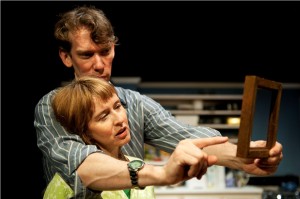

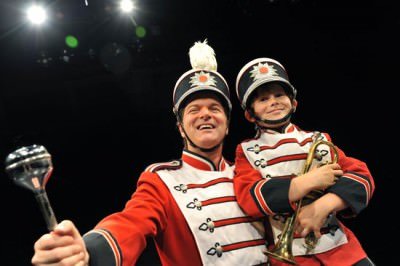

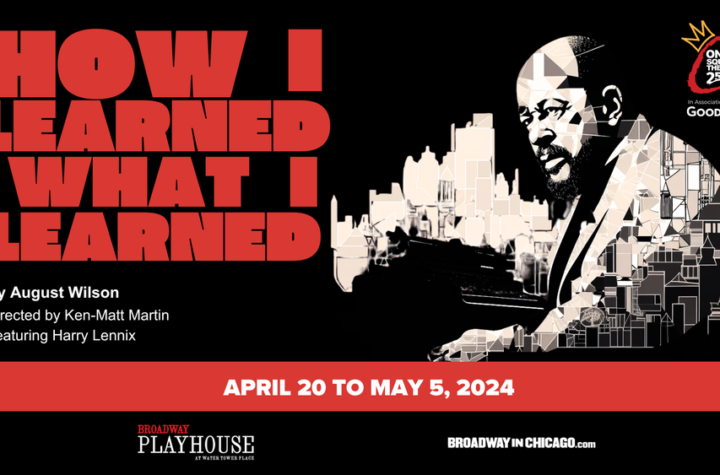
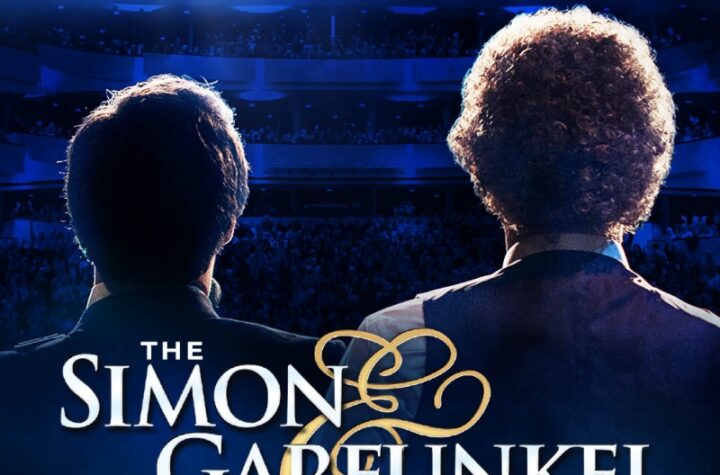
More Stories
“Joe Turner’s Come and Gone”
“How I Learned What I Learned” reviewed by Julia W. Rath
“How to Know the Wild Flowers: A Map” reviewed by Julia W. Rath